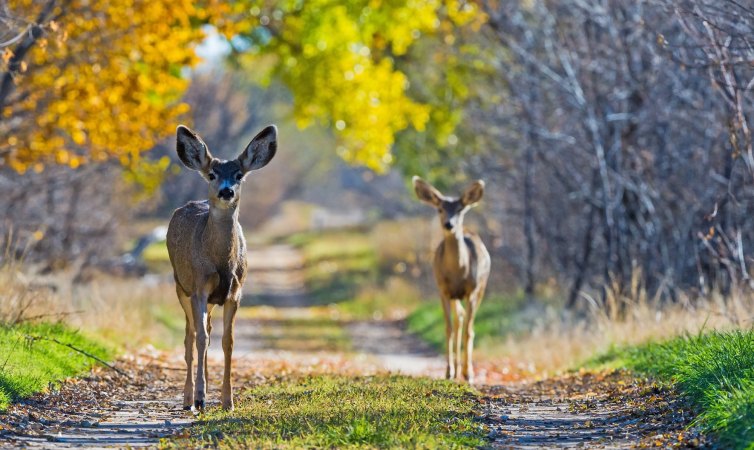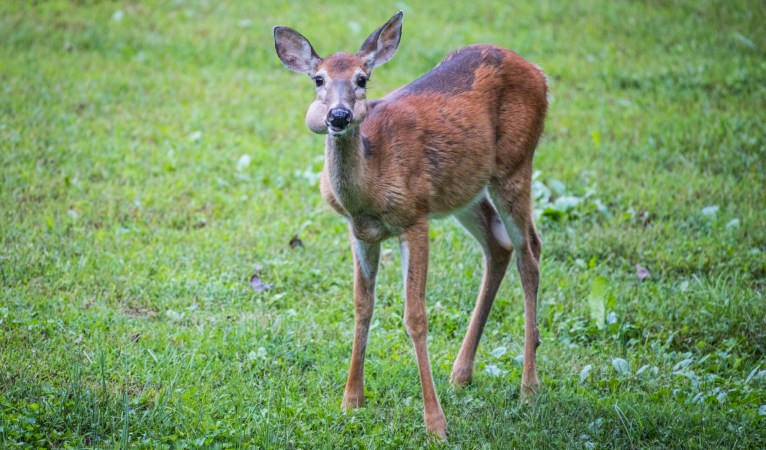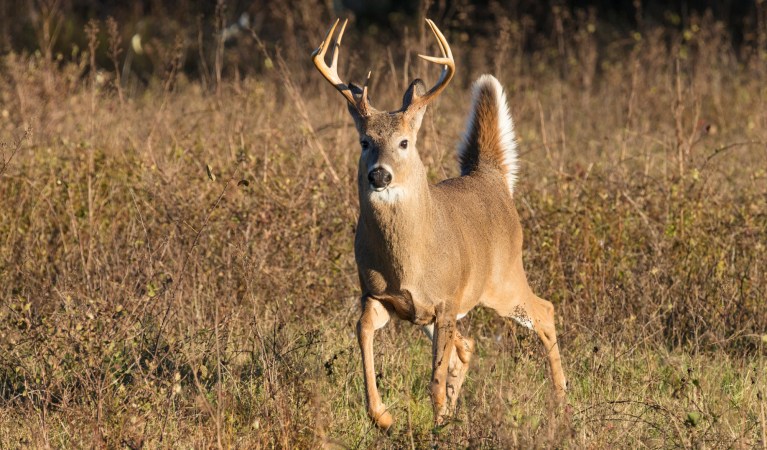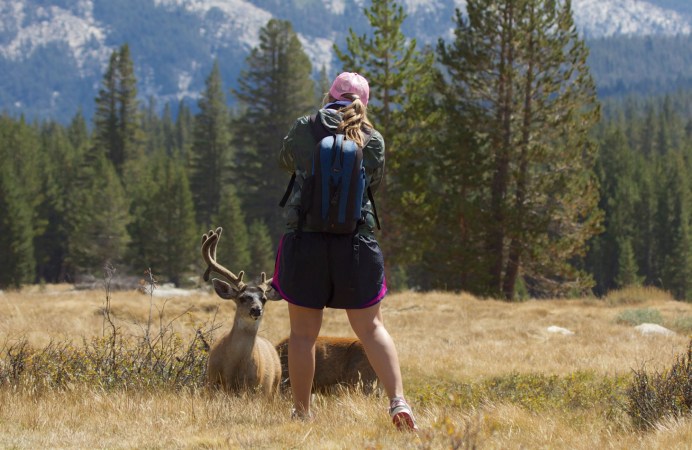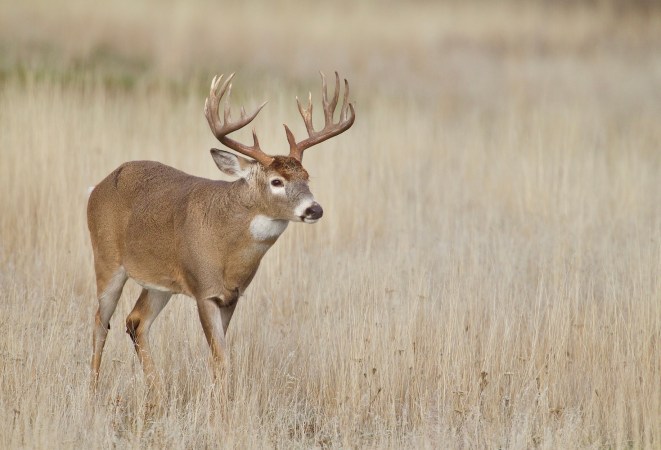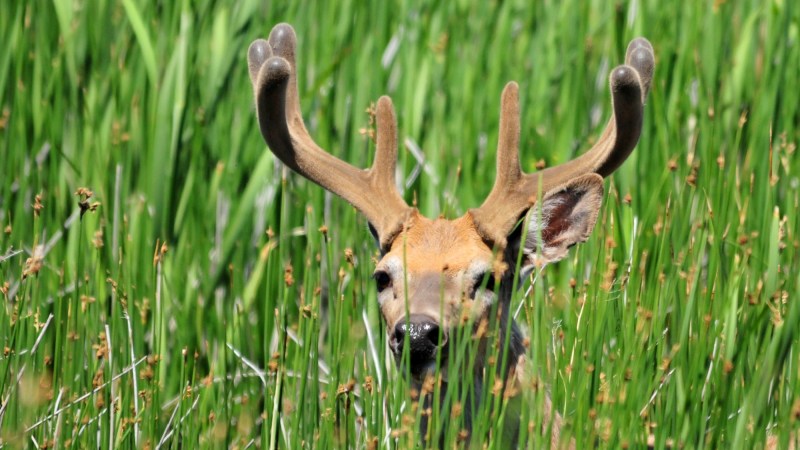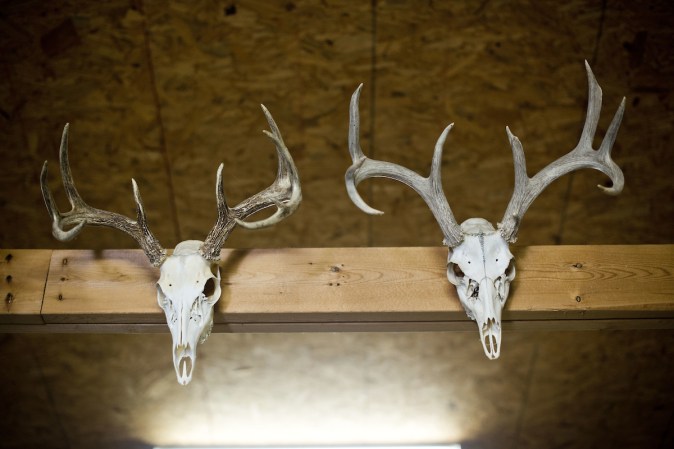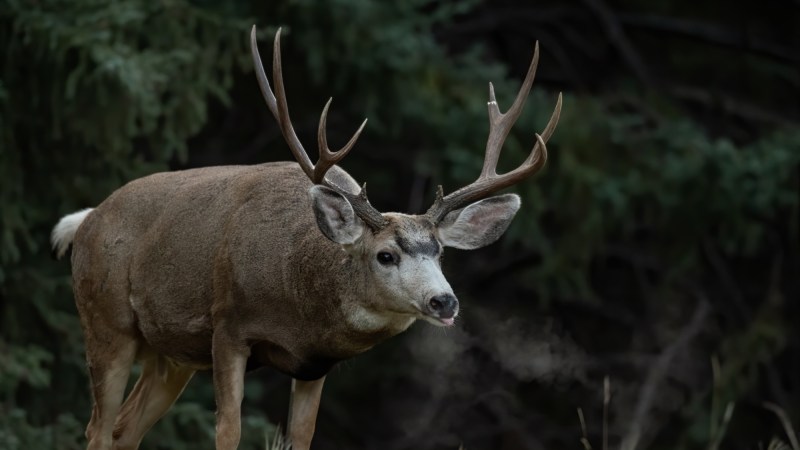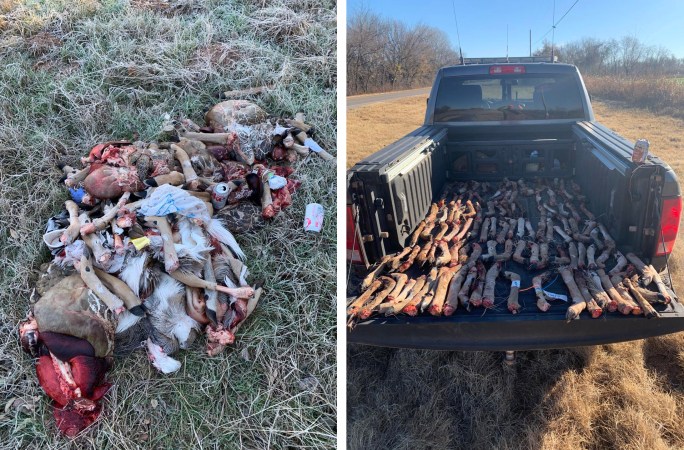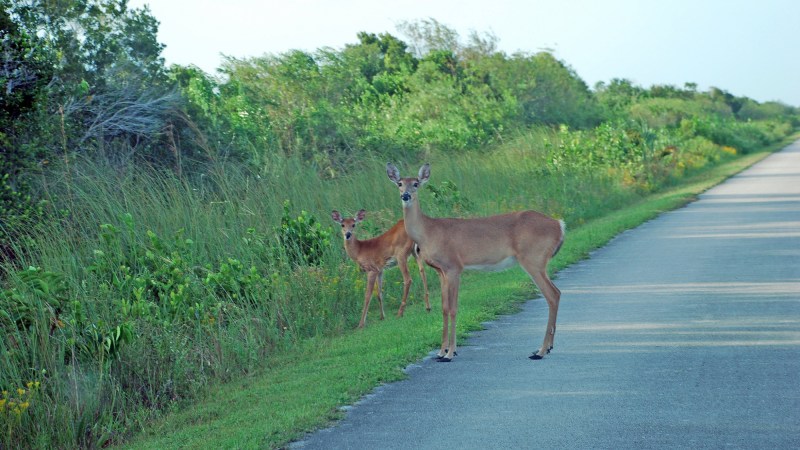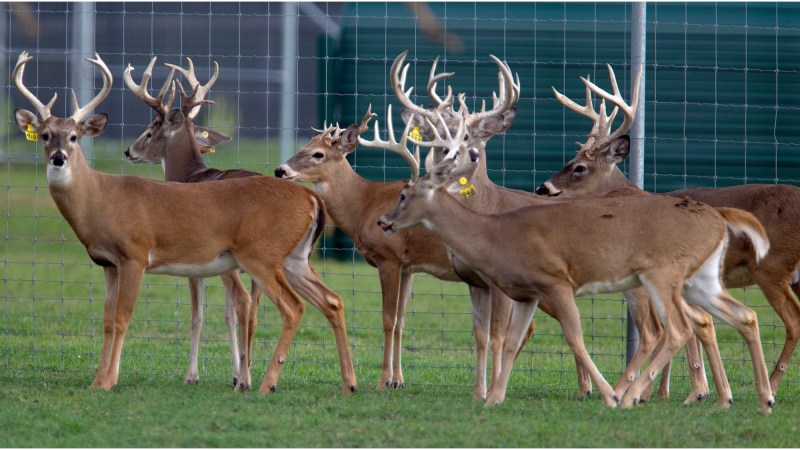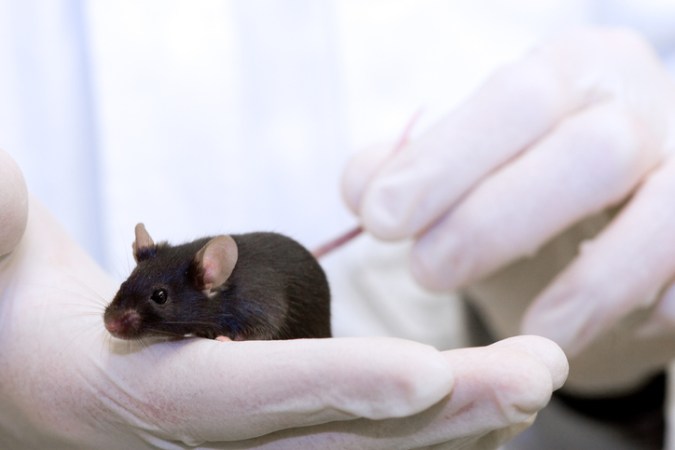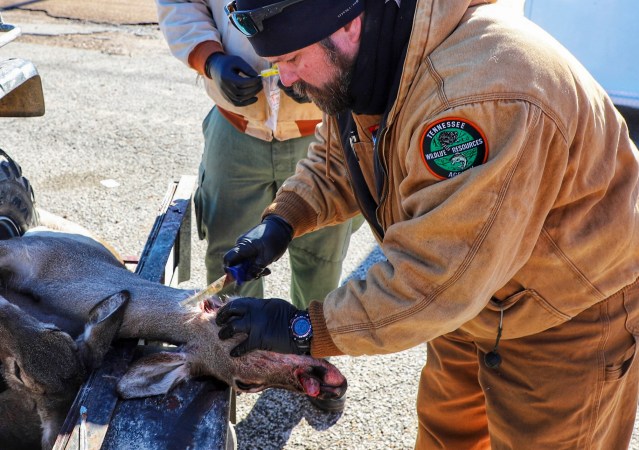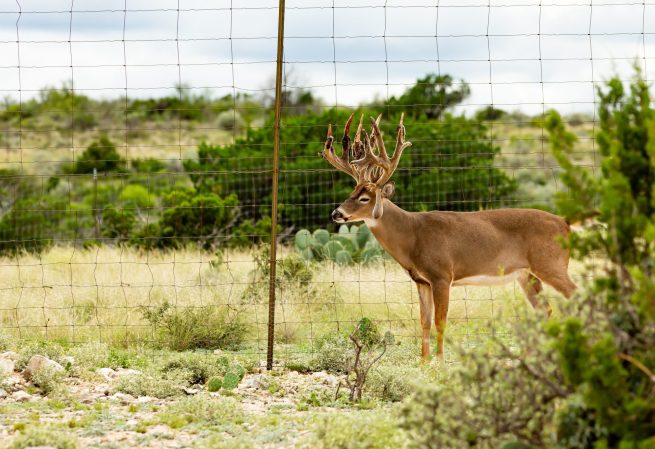If you read any of the headlines about chronic wasting from April this year, you might be convinced that “zombie deer disease” has jumped the species barrier and is now causing deer hunter deaths. But those quick-hit news stories were more of a function of shoddy reporting than any new scientific development. In fact, recent research published in the June issue of Emerging Infectious Diseases found that CWD prions fail to infect human brain tissue. This study backs up years of previous research that has come to similar conclusions.
If you have a science background, you can dig into the details of the new research here. If not, here’s what you need to know.
Understanding the Recent Study
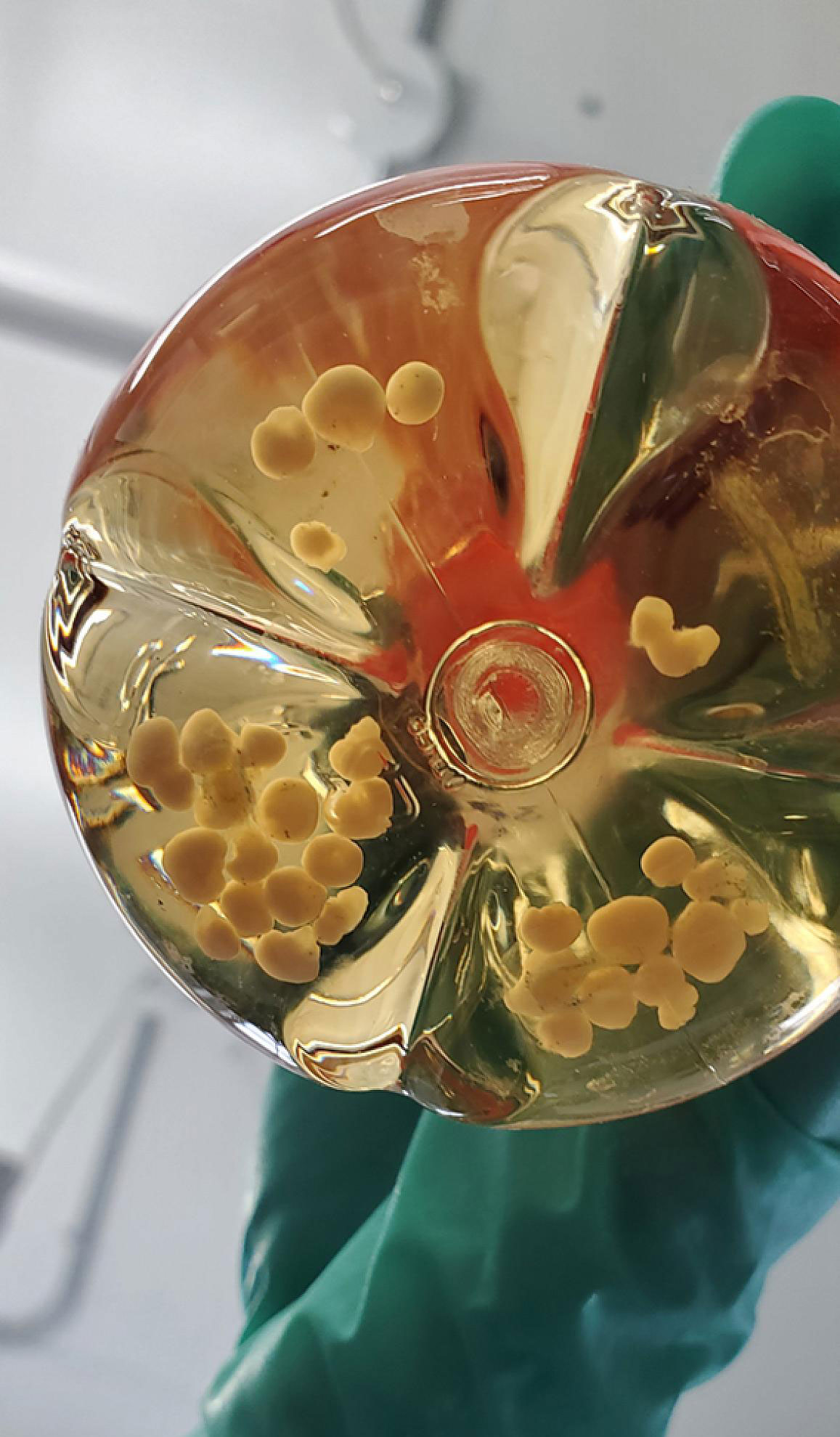
National Institutes of Health
In 2022 and 2023 a research team from the National Institutes of Health directly exposed healthy human cerebral organoids to high concentrations of CWD prions from whitetail deer, mule deer, and elk. According to the NIH, these organoids are a type of human brain cells incubated in a controlled lab environment and are currently the closest available tissue to the human brain that can be used for testing like this.
“Human cerebral organoids are small spheres of human brain cells ranging in size from a poppy seed to a pea … The organization, structure, and electrical signaling of cerebral organoids are similar to brain tissue,” says a NIH news release.
After seven days of exposure, these organoids were monitored for up to six months. None ever became infected with CWD.
“The data presented in this study show that, despite weeklong exposure to CWD prions with high infectivity and the capacity to readily become infected with CJD prions, [human cerebral organoids] were not capable of propagating CWD prions,” the study says. “This finding indicates that, even after direct exposure of human central nervous system tissues to CWD prions, a substantial resistance or barrier to the propagation of infection exists.”
Interestingly, organoids exposed to Creutzfeldt-Jakob disease (a prion disease that’s related to CWD) under the same laboratory conditions quickly became infected, according to ScienceNews.
The takeaway? There’s a substantial species barrier that prevents CWD from infecting humans.
“This was a model that could really help tell us … whether or not it was a real risk,” Bradley Groveman, a biologist at the NIH Rocky Mountain Laboratories told ScienceNews.
Why the “Zombie Deer” Health Scare?
This recent study should help ease deer hunters’ fears after the research that went viral in April when the Daily Mail ran a news story headlined: “Two hunters ‘become first Americans to die from ZOMBIE DEER disease’ after eating infected venison”
That story, plus a Field & Stream news brief that was syndicated on Yahoo News before both were taken day, helped generate a barrage of related stories from regional newspapers and television stations. These articles varied in their level of panic, but most at least hinted at the idea that CWD had crossed the species barrier to humans.
However, Outdoor Life contributor Katie Hill reported that the original source for these stories was not a scientific study at all, but a “scientific abstract presented at the 2024 American Academy of Neurology Annual Meeting and reprinted in Neurology.”
The research abstract overviews a case in which two hunting buddies died from sporadic Creutzfeldt-Jakob disease in 2022. The men ate venison from a deer population that was known to have CWD. Because sporadic CJD is so rare, the abstract questions whether the two men might have actually been infected with CWD. But the abstract does not mention where the men hunted or whether the deer they consumed venison from actually ever tested positive for CWD.
“After speaking with [one of the authors] Dr. Sarah Horn, she informed us that the information is not from a research study, it was a poster presentation of a case report presented at the AAN annual meeting,” UT Health San Antonio public and media relations specialist Eileen Teves told Outdoor Life in an emailed statement. “The conclusion from that presentation was there remain no proven cases of transmission to date.”
How Hunters Should Think About CWD
Any health professional who is educated on the topic will tell you that wild venison is one of the healthiest forms of red meat available. Remember, there is still no known case of CWD infecting a human.
But this is not to say that CWD will never infect humans. A new strain of CWD prion could emerge that could be more dangerous to people. There are currently at least five known prion strains that can cause chronic wasting disease in cervids. Plus, according to ScienceNews, “brain organoids aren’t a perfect mimic of the real thing and may lack features that would make them susceptible to infection.”
“I don’t think we’ll ever be able to turn around and say [human infection] is impossible,” Cathryn Haigh, a cell biologist also at Rocky Mountain Laboratories, told the outlet.
The best thing hunters can do is stay educated on chronic wasting disease, get their deer meat tested if it comes from a CWD-positive herd or is in an area where CWD testing is available, and follow local and interstate regulations to prevent spreading the disease. And, deer hunters should keep deer hunting, because in many ways we are the first defense for managing the disease and tracking its spread in wild deer.



